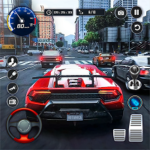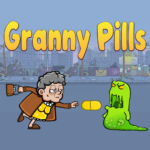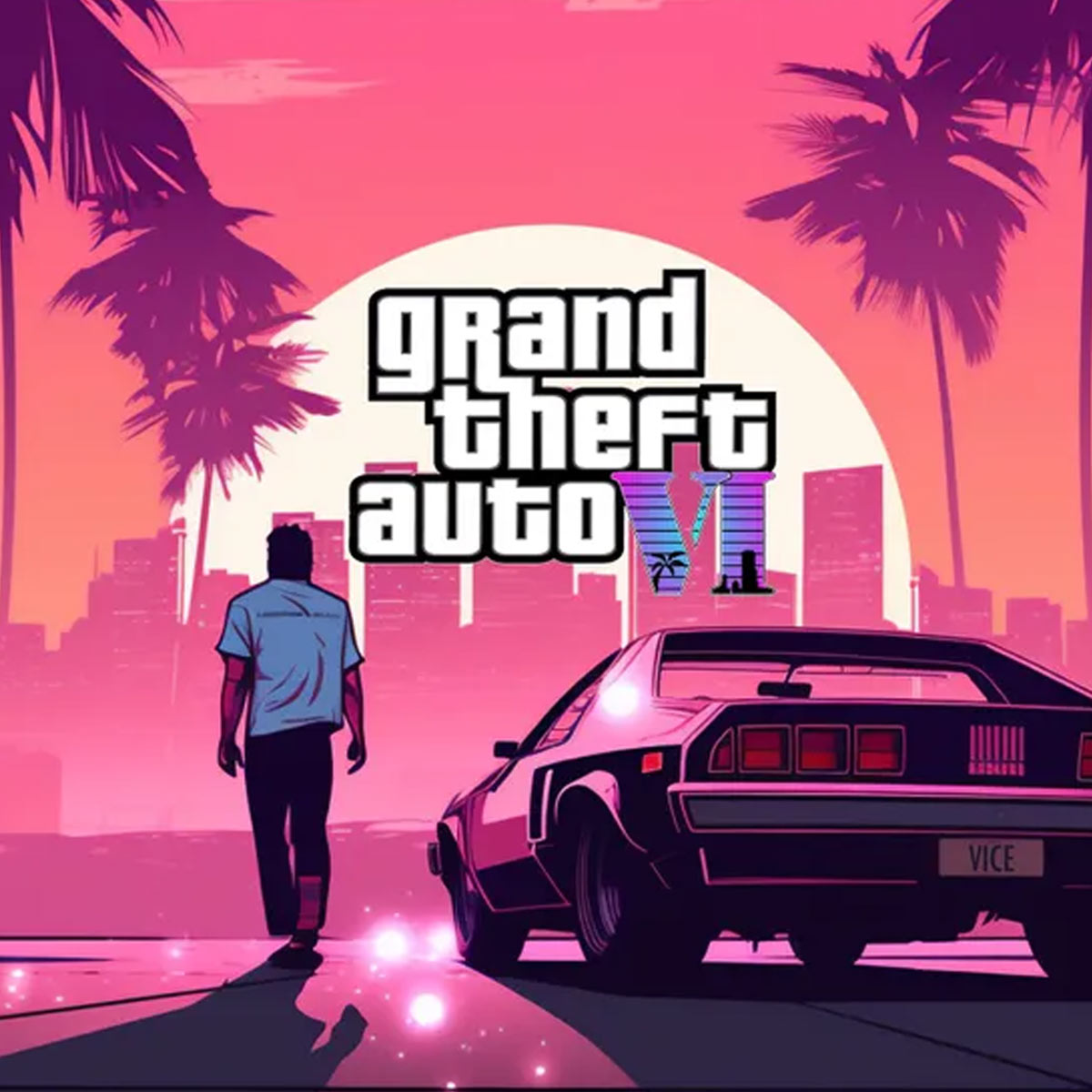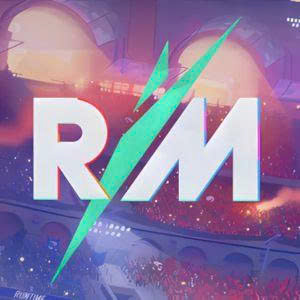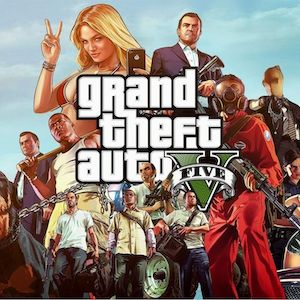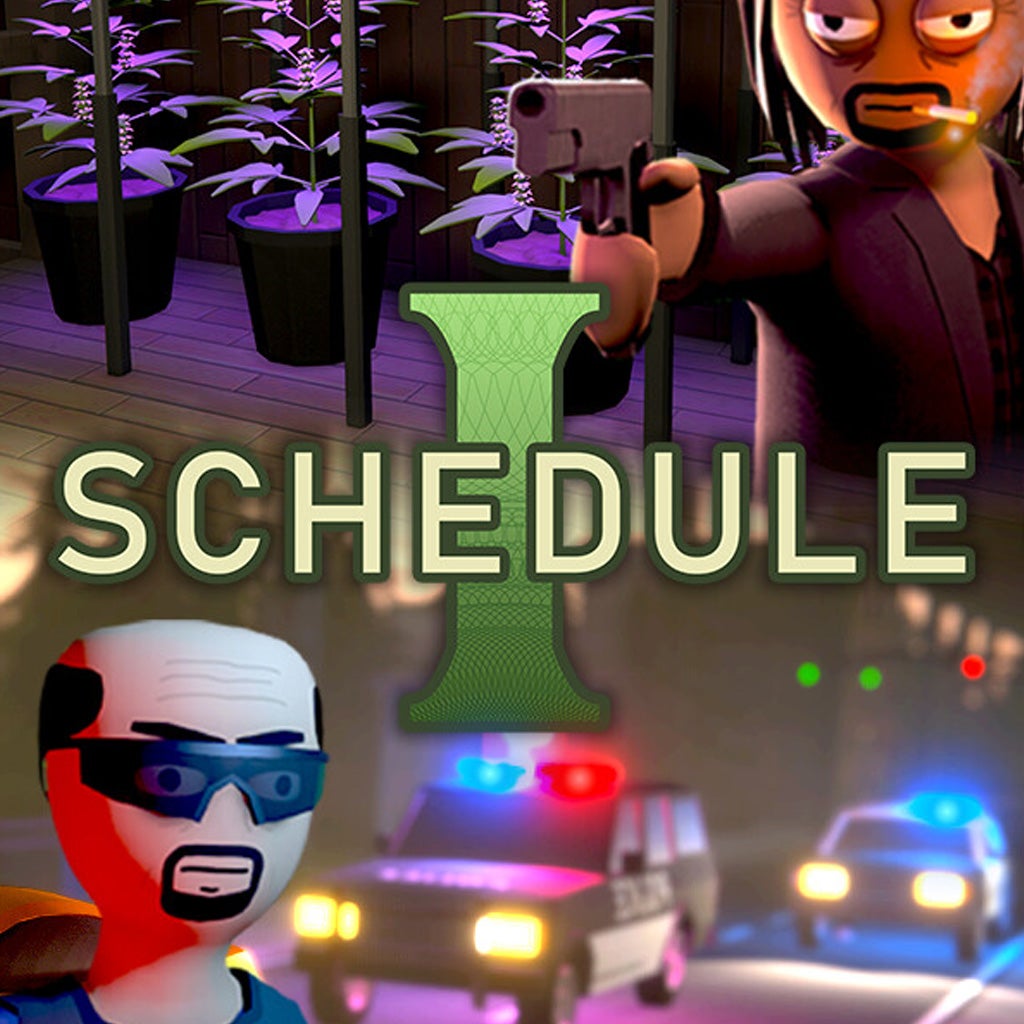Monopoly Go! has taken the mobile gaming world by storm, reimagining the iconic Monopoly board game as a fast-paced, engaging, and socially interactive app. Launched in April 2023 by Scopely, this free-to-play mobile game has generated over $2 billion in revenue, captivating millions with its blend of nostalgic charm and modern gameplay mechanics. Combining the familiar elements of property trading, dice rolling, and strategic deal-making with vibrant graphics and real-time multiplayer features, Monopoly Go! offers a fresh take on a game that has been a household staple for nearly a century. This article dives into the evolution, gameplay, features, and impact of Monopoly Go!, exploring why it has become a global phenomenon while weighing its strengths and weaknesses.
The Genesis of Monopoly Go!
The Classic Monopoly Legacy
The original Monopoly, created in 1935 by Charles Darrow and published by Parker Brothers, is a cultural icon, teaching generations about property management, negotiation, and financial strategy. Its enduring appeal lies in its ability to blend luck, skill, and social interaction, making it a staple for family game nights. Monopoly Go! builds on this legacy, adapting the core concepts of buying, trading, and developing properties into a digital format tailored for today’s mobile-first audience.
Scopely’s Vision for a Mobile Monopoly
Scopely, a mobile gaming giant known for titles like Yahtzee With Buddies and Star Trek Fleet Command, acquired the digital rights to Monopoly in 2022. Recognizing the potential to modernize the classic, Scopely aimed to create a game that retained the essence of Monopoly while introducing features to appeal to a global, tech-savvy audience. Launched in April 2023, Monopoly Go! was designed to be accessible, fast-paced, and socially engaging, leveraging mobile technology to enhance the traditional board game experience.
The Launch and Initial Reception
Upon its release, Monopoly Go! quickly climbed app store charts, amassing millions of downloads within weeks. Its success was driven by a combination of nostalgia, aggressive marketing, and a polished user experience. Posts on X highlighted the game’s meteoric rise, with players praising its addictive gameplay and vibrant design, though some noted its heavy reliance on in-app purchases as a potential drawback.
Gameplay Mechanics of Monopoly Go!
Core Gameplay Loop
At its heart, Monopoly Go! retains the dice-rolling and property-buying mechanics of the classic game. Players roll virtual dice to move around a digital board, purchasing properties, building houses, and collecting rent. However, the game introduces a streamlined approach, with shorter sessions designed for mobile play. Each roll advances the player’s token, and landing on specific spaces triggers events like property purchases, chance cards, or mini-games, keeping the gameplay dynamic.
Key Differences from Classic Monopoly
Unlike the traditional board game, Monopoly Go! eliminates lengthy sessions by automating certain actions, such as rent collection, and introducing time-limited events. The game also incorporates a single-player mode alongside multiplayer, allowing players to compete against AI or friends. This adaptability makes it suitable for both quick play sessions and extended gaming marathons.
Interactive Features and Mini-Games
Monopoly Go! enhances engagement with mini-games like “Bank Heist” and “Property Rush,” where players can steal resources or earn bonuses. These additions inject variety into the gameplay, ensuring that no two sessions feel identical. The game’s social features, such as trading stickers and forming alliances, further deepen the interactive experience, encouraging players to connect with others globally.
Visual and Audio Design
A Vibrant Digital Board
Monopoly Go! boasts colorful, animated visuals that breathe life into the classic Monopoly board. Properties are depicted with detailed, cartoonish designs, and tokens like the top hat and battleship are rendered in 3D. The game’s interface is intuitive, with smooth animations that make rolling dice and building properties visually satisfying. This modern aesthetic appeals to both new players and longtime Monopoly fans.
Accessibility Through Design
The game’s design prioritizes accessibility, with clear text, bold colors, and customizable settings for players with visual impairments. However, some players have noted that the bright visuals can be overwhelming during extended play, suggesting a need for a “dark mode” option to reduce eye strain.
Soundtrack and Effects
The audio design complements the visuals with upbeat music and satisfying sound effects, such as the clink of coins during transactions or the celebratory jingle of a completed property set. While the soundtrack enhances the game’s energy, repetitive audio loops can become grating for some players, particularly during long sessions.
Social Features and Community Engagement
Multiplayer and Social Integration
Monopoly Go! thrives on its social features, allowing players to connect via Facebook or in-game friend lists to trade stickers, compete in tournaments, and collaborate on community events. The game’s global leaderboard fosters a sense of competition, while team-based events encourage cooperation. These elements create a vibrant community, with players forming groups on platforms like X to share strategies and trade items.
Sticker Trading System
The sticker trading mechanic is a standout feature, where players collect and exchange virtual stickers to complete albums for rewards. This system mimics the trading aspect of classic Monopoly but adds a collectible element, driving engagement. However, the reliance on random sticker packs can frustrate players who struggle to complete sets without spending money.
Community Events and Tournaments
Scopely regularly hosts time-limited events, such as “City Builder” or “Treasure Hunt,” where players work together or compete for exclusive rewards. These events keep the game fresh and encourage daily logins. However, the frequency of events can feel overwhelming for casual players, who may struggle to keep up with the constant updates.
Monetization and In-App Purchases
Free-to-Play Model
Monopoly Go! operates on a free-to-play model, allowing anyone to download and play without upfront costs. Players earn in-game currency (dice rolls and coins) through gameplay, but premium currency and items are available via microtransactions. This model makes the game accessible but heavily incentivizes spending to progress quickly.
Types of In-App Purchases
-
Dice Roll Packs: Extra rolls to keep playing.
-
Sticker Packs: Boost chances of completing albums.
-
Special Bundles: Offer a mix of currency, rolls, and cosmetics.
While these purchases are optional, the game’s design nudges players toward spending, especially during limited-time events where rewards are tied to progress.
Balancing Accessibility and Monetization
Scopely has been praised for offering daily rewards and free events to keep non-paying players engaged. However, some players criticize the game for its “pay-to-win” elements, as those who spend money can progress faster and dominate leaderboards. This has sparked debates on X about the game’s fairness, with some users appreciating the free content and others feeling pressured to spend.
Strategic Depth and Replayability
Strategy in a Simplified Format
While Monopoly Go! simplifies the complex negotiations of classic Monopoly, it retains strategic depth through resource management and event participation. Players must decide when to invest in properties, save dice rolls, or trade stickers, balancing short-term gains with long-term goals. The game’s randomness, driven by dice rolls and chance cards, adds an element of luck that keeps outcomes unpredictable.
Tips for Strategic Play
-
Prioritize Property Sets: Focus on completing color sets to maximize rent.
-
Save Dice for Events: Use rolls during high-reward events to gain bonuses.
-
Trade Wisely: Only exchange stickers that don’t hinder your album progress.
Replayability Factors
The game’s replayability stems from its dynamic events, daily challenges, and social features. New boards, themed events, and seasonal updates keep the content fresh. However, some players find the repetitive nature of dice rolling and property buying monotonous over time, especially without new gameplay modes.
Technical Performance and Accessibility
Performance Across Devices
Monopoly Go! is optimized for both iOS and Android, running smoothly on most modern devices. The game’s lightweight design ensures it performs well even on mid-range smartphones, with minimal crashes reported. However, older devices may experience occasional lag during high-intensity events with heavy animations.
Accessibility Features
The game includes accessibility options like adjustable text sizes and high-contrast modes, making it inclusive for players with disabilities. Screen reader support is also available, though some users on X have noted that the fast-paced nature of events can be challenging for visually impaired players who rely on these tools.
Cultural and Economic Impact
A Global Phenomenon
With over 100 million downloads by mid-2025, Monopoly Go! has transcended its board game roots to become a cultural touchstone. Its success reflects a broader trend of mobile games leveraging nostalgia to attract diverse audiences. The game’s global appeal is evident in its multilingual support and region-specific events, which resonate with players worldwide.
Economic Success
Scopely’s reported $2 billion in revenue since launch underscores Monopoly Go!’s economic impact. This success has fueled Scopely’s ambitions to expand the game with new features and potential cross-media adaptations, such as themed merchandise or collaborations.
Influence on Mobile Gaming Trends
Monopoly Go! has influenced the mobile gaming industry by demonstrating the power of blending classic IP with modern mechanics. Its success has prompted competitors to explore similar adaptations of traditional games, signaling a revival of board game-inspired mobile titles.













